HotSpots H2O: Refugees Left Without Water, Supplies After Moria Camp Burns on Lesbos
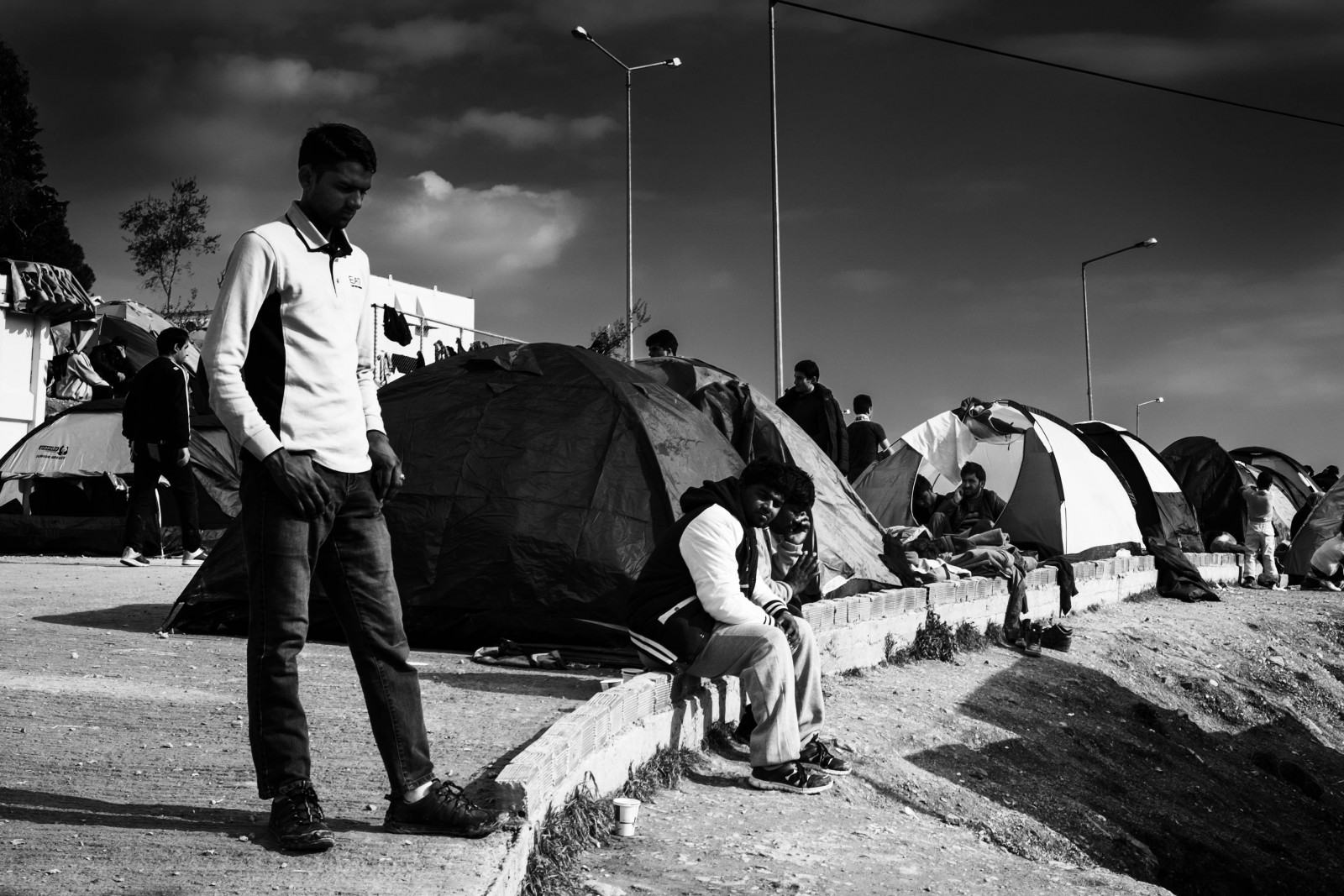
Moria camp. © Martin Leveneur
The largest refugee camp in Europe caught fire earlier this month, destroying most of the camp and leaving an estimated 12,000 residents homeless and without water, basic hygiene, and food.
The fire spurred political leaders to consider actions to alleviate crowding at Moria camp, located on the Greek island of Lesbos. Kyriakos Mitsotakis, the Greek prime minister, called an emergency meeting regarding Moria. The European Union said the 4,000 unaccompanied minors at the camp would be relocated as soon as possible – with 400 transferred last week. The German state of North Rhine-Westphalia proposed taking 1,000 displaced refugees. Many experts and NGOs have called for further, immediate relocation plans.
“Reckless EU policies have resulted in dangerously overcrowded and squalid living conditions,” said Adriana Tidona, a migration researcher with Amnesty International. “Stepping up relocation efforts and transferring people to safer accommodation is now even more urgent than ever. As the EU Pact on Migration and Asylum is finalized, this is a timely indictment of the current policy of camps and containment.”
Moria camp has long been considered a ticking time bomb by international aid agencies and governments. The camp started accepting refugees – mostly from Afghanistan – in 2015. Some 3,000 people were housed there, but the number soon grew exponentially after European countries blocked refugee resettlements in 2016.
Since then, Moria has housed as many as 20,000 refugees. Before the fires, the camp was overcrowded, and basic supplies such as water, food and healthcare were spread thin. Hundreds of people shared a water tap without soap. There was only one shower per 500 residents and one toilet per 160 residents, according to Oxfam. Makeshift tents and shipping containers housed as many as 15 to 20 people each.
Once the pandemic hit, thousands were transferred off the island to the mainland, leaving behind around 12,000 residents. The camp then went into lockdown. Residents were able to leave the camp only for essential purposes such as grocery store visits or health appointments. Only a hundred permits were issued a day.
Due to increasingly squalid conditions and recent Covid-19 constraints, tensions at the camp grew after at least 35 refugees tested positive.
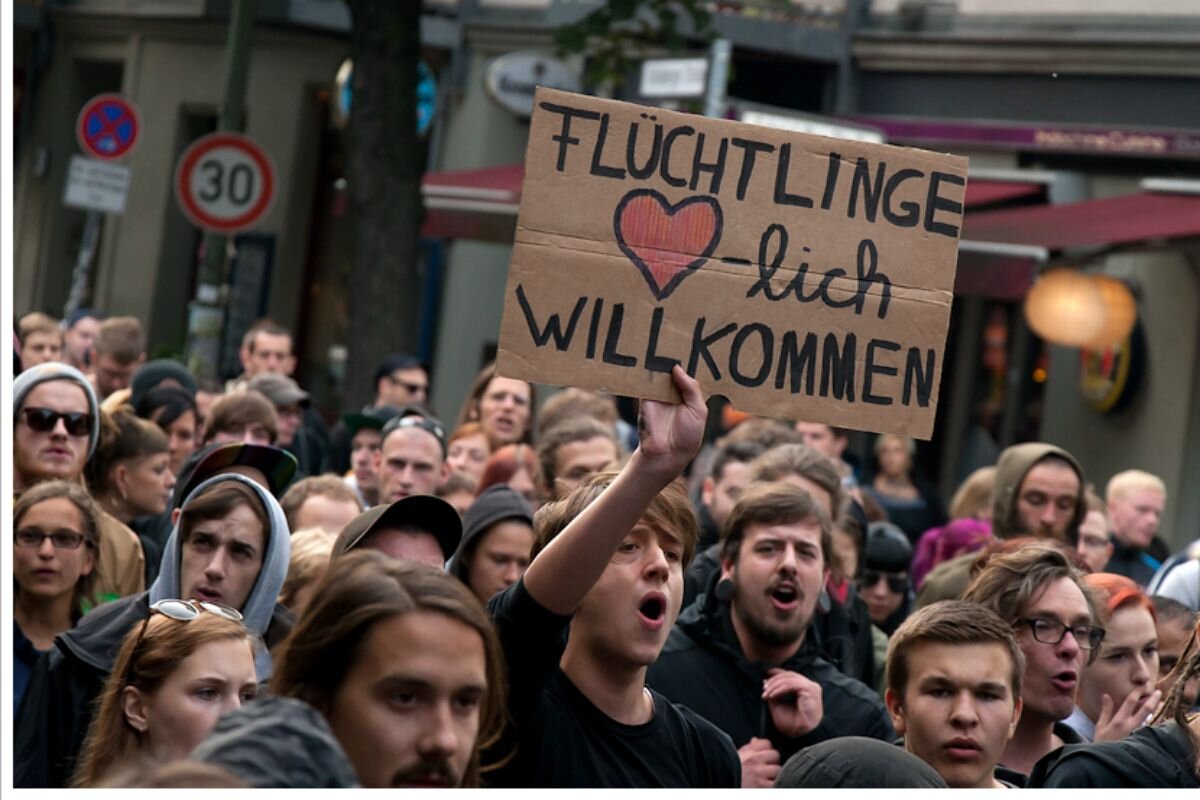
A demonstration for migration reform in Berlin. © Montecruz Foto
The first fire began the night of September 8, destroying much of the camp. Another fire erupted a day later at a nearby informal settlement, displacing another 1,000 people. Although it remains unclear how the fires started, authorities, aid workers, and activists believe refugees set fire to the camp in protest over Covid-19 restrictions. Four Afghan men have since been charged with arson.
Much of the camp’s water infrastructure was destroyed in the fires, decimating what water supplies the refugees had access to. Water groundwork provided by NGOs such as the Watershed Foundation, who installed WASH pads in 2018 and WASH containers in 2019 at the Moria camp, were caught in the flames as well.
“It was absolute chaos,” a Watershed Foundation and Choose Love aid worker told the New York Times. “There were so many people trying to move, trying to escape.”
Displaced Moria residents lined the streets near the burned camp after the fires, some having walked to villages for water and supplies. Refugees are now being transferred to a temporary tented camp. where they are being tested for Covid-19 before entering. Water bladders sent from Switzerland arrived at the new camp, which can supply 10,000 with clean drinking water.
Elena Bruess writes on the intersection of environment, health, and human rights for Circle of Blue and covers international conflict and water for Circle of Blue’s HotSpots H2O.

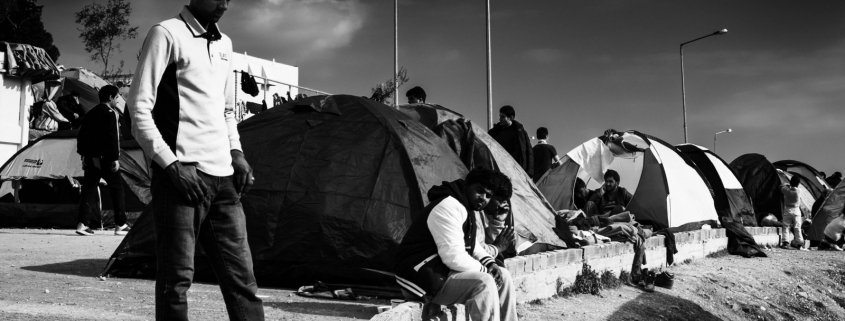
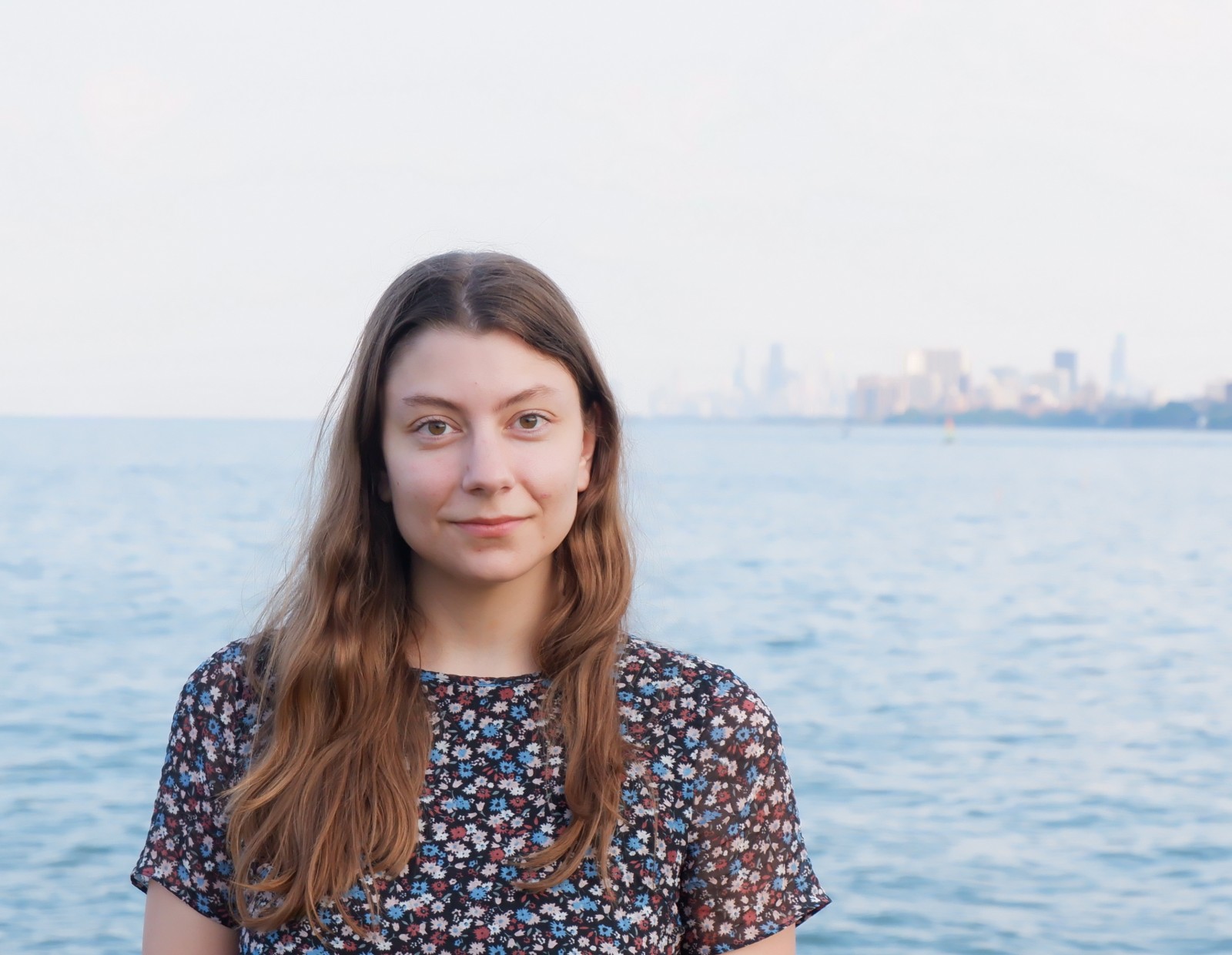
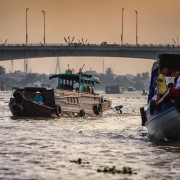
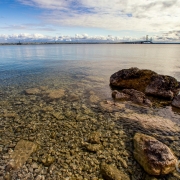
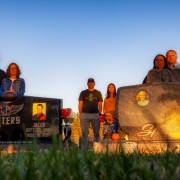
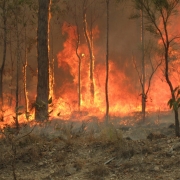
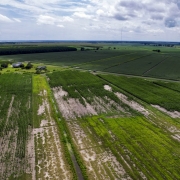
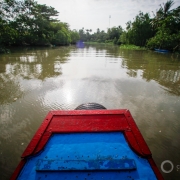



Thank you for continuing to cover the refugee crisis in Europe when we here in the United States are only focused on the upcoming election and other overwhelming national issues.